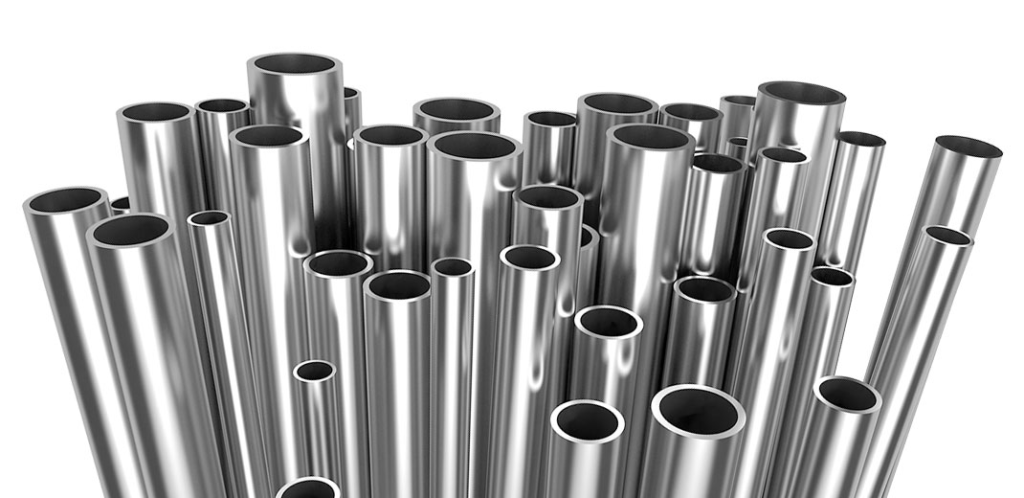Steel with a hollow section whose length is much greater than the diameter or circumference. According to the cross-sectional shape, it is divided into circular, square, rectangular and special-shaped steel pipes; according to the material, it is divided into carbon structural steel pipes, low-alloy structural steel pipes, alloy steel pipes and composite steel pipes; according to the production process, it is divided into seamless steel pipes and welded steel pipes. Among them, seamless steel pipes are divided into two types: hot-rolled and cold-rolled (drawn), and welded steel pipes are divided into straight seam welded steel pipes and spiral seam welded steel pipes.
Steel pipes are not only used for conveying fluids and powdered solids, exchanging thermal energy, making machine parts and containers, but also an economical steel. Using steel pipes to make building structure grids, pillars and mechanical supports can reduce weight, save 20-40% of metal, and realize factory-based mechanized construction. Using steel pipes to manufacture highway bridges can not only save steel and simplify construction, but also greatly reduce the area of protective coating, saving investment and maintenance costs.
304 steel pipe is the most widely used stainless heat-resistant steel, food equipment, general chemical equipment, and nuclear energy industry equipment.


